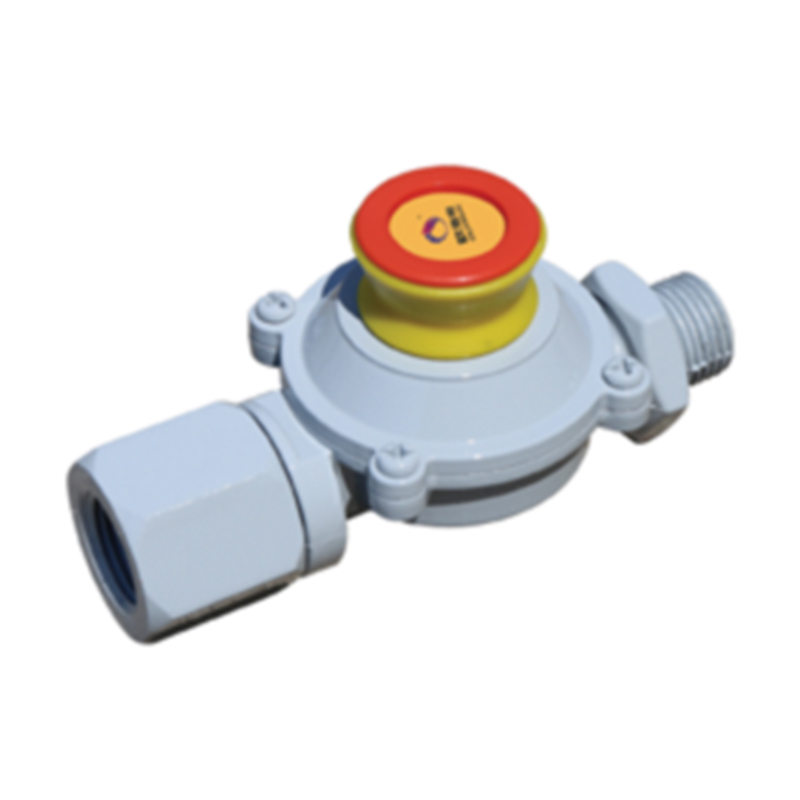
Nov . 06, 2024 00:00
Back to list
Natural Gas Pressure Regulator System Design and Optimization Guide
Understanding Natural Gas Pressure Regulators
Natural gas is a crucial energy source used in various applications, including heating, cooking, and electricity generation. However, the pressure of natural gas must be carefully regulated to ensure safety and efficiency in its utilization. This is where natural gas pressure regulators play a vital role. This article delves into the function, types, and importance of regulating natural gas pressure.
What is a Natural Gas Pressure Regulator?
A natural gas pressure regulator is a device used to control and maintain the pressure of natural gas as it moves from the supply source to the end-user. This regulation is essential because natural gas is delivered at high pressure from the distribution system, and end-users typically require it at a much lower pressure for safe and efficient use. The regulator ensures that the pressure is reduced to a safe level before it enters appliances, such as heaters or stoves.
How Does a Pressure Regulator Work?
Pressure regulators work through a principle of mechanical control. They are equipped with a diaphragm system that responds to pressure changes. When the pressure from the gas supply exceeds the preset limit, the diaphragm moves to reduce the flow of gas. Conversely, if the pressure drops below the desired level, the regulator allows more gas to flow, maintaining a consistent output pressure.
The adjustment of the pressure is done via a spring mechanism, where the tension can be manipulated to set the desired outlet pressure. This allows for customization based on the specific requirements of the appliances being supplied.
.
There are several types of natural gas pressure regulators, each designed for specific applications
منظم ضغط الغاز الطبيعي

1. First Stage Regulators These are installed at the point where high-pressure gas enters a building. They bring the pressure down to an intermediate level, which is then further reduced by the second stage.
2. Second Stage Regulators These regulators are used within the building or facility to lower the intermediate pressure to the final service pressure suitable for appliances.
3. Automatic and Manual Regulators Automatic regulators self-adjust to maintain constant pressure, while manual regulators require user intervention for adjustment.
4. Dome-Loaded Regulators These devices use a diaphragm controlled by a gas-filled dome, providing precise pressure regulation even in varying flow conditions.
Importance of Pressure Regulation
The significance of natural gas pressure regulators cannot be overstated. First and foremost, they ensure safety by preventing gas leaks or explosions that could arise from excessively high pressure. Too much pressure can damage appliances, create dangerous conditions, and lead to catastrophic failures.
Furthermore, efficient pressure regulation contributes to energy conservation. By maintaining optimal pressure, regulators help to maximize the efficiency of gas appliances, reducing energy waste and lowering utility bills for consumers. This regulation not only helps the end-user but also contributes to environmental sustainability by minimizing emissions associated with energy production.
Conclusion
Natural gas pressure regulators are essential components in the distribution and use of natural gas. They play a crucial role in ensuring safety, efficiency, and environmental protection in natural gas applications. As technology advances, innovations in pressure regulation will continue to improve the reliability and performance of natural gas systems. Understanding the function and types of pressure regulators is vital for anyone involved in the use or management of natural gas, ensuring that we harness this valuable energy resource safely and effectively. Whether in residential, commercial, or industrial settings, the importance of precise gas pressure regulation remains a key factor in modern energy consumption.
Next:
Latest news
-
Safety Valve Spring-Loaded Design Overpressure ProtectionNewsJul.25,2025
-
Precision Voltage Regulator AC5 Accuracy Grade PerformanceNewsJul.25,2025
-
Natural Gas Pressure Regulating Skid Industrial Pipeline ApplicationsNewsJul.25,2025
-
Natural Gas Filter Stainless Steel Mesh Element DesignNewsJul.25,2025
-
Gas Pressure Regulator Valve Direct-Acting Spring-Loaded DesignNewsJul.25,2025
-
Decompression Equipment Multi-Stage Heat Exchange System DesignNewsJul.25,2025

